Paris Photo 2023
Grand Palais Ephémère
9 - 12th November 2023
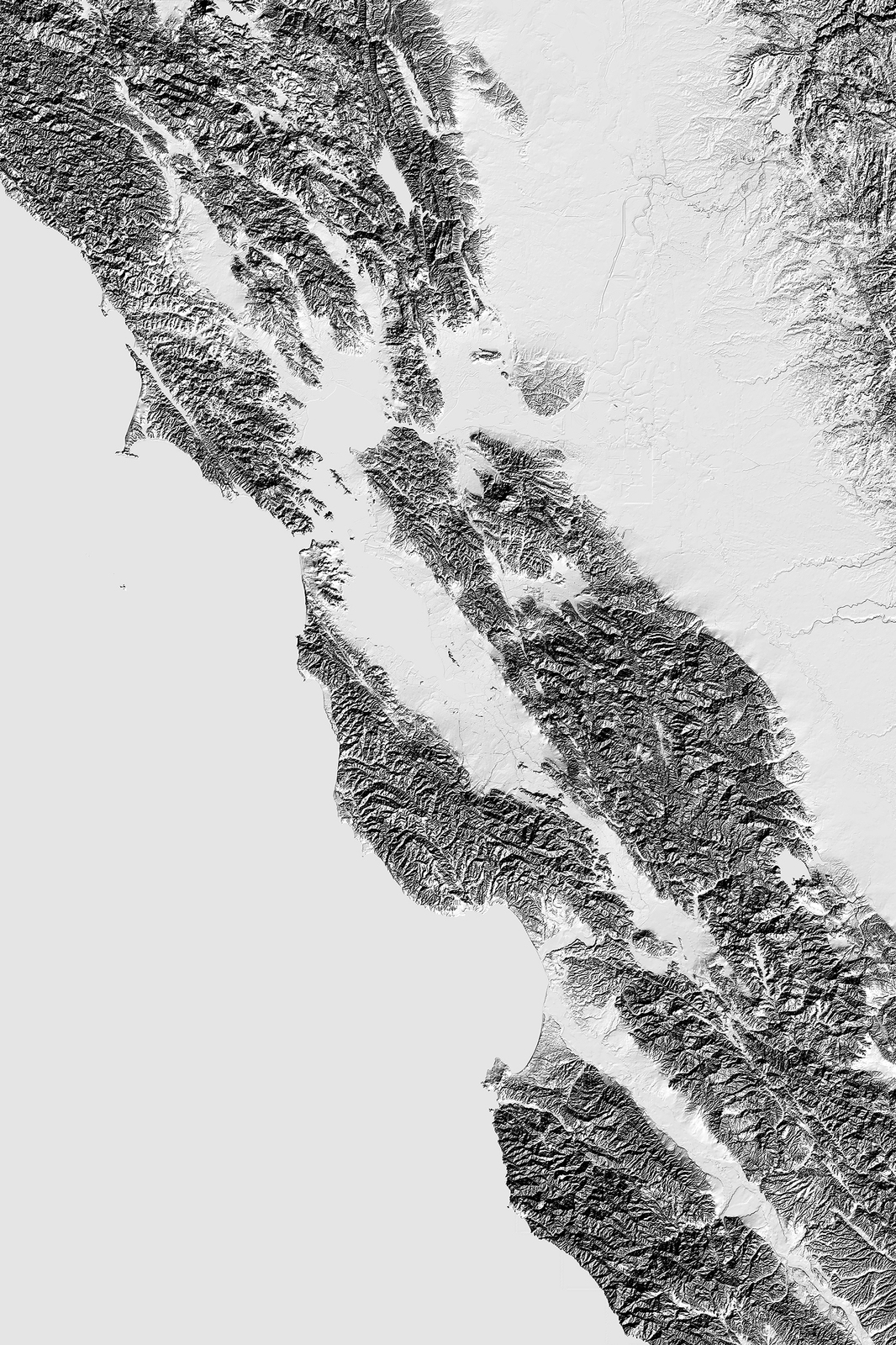
Image: 177,5 x 119 cm
Frame: 188,5 x 130 cm
The États-inversés series was initiated in 2010 by Julien Discrit. Based on a division of American geography, the artist reinterprets the process of shading in cartography, which consists of highlighting variations in terrain by reproducing fictitious sunlight on the slopes and thus producing a two-dimensional impression of relief. By inverting the conventionally used spectrum and turning these maps into black and white, Julien Discrit creates a new way of apprehending relief. He thus reverses the reading of the American territory, creating new motifs from a pre-existing mode of representation.
In the first instance, he produced a complete atlas of the American relief in two volumes. In a second phase, in 2016, he decided to make prints of some of the cities in the book by reproducing them in large format. In doing so, he added a new dimension to the work by integrating the idea of scale, which disrupts our representation of spaces and questions our ways of making the world around us intelligible.

Image: 69,8 x 46,8 inch
Frame: 74,2 x 52 inch
Inverted Sates series have been created thanks to elevation data files and show monochromatic landscapes, rivers and mountains from the United States territory. Unless here after changing the light direction and so relief shading, the artist created an inverted landscape. Valleys became crests and mountains became depressions. So instead of offering the classic bird-eye view these maps gives us an exclusive view from underneath.
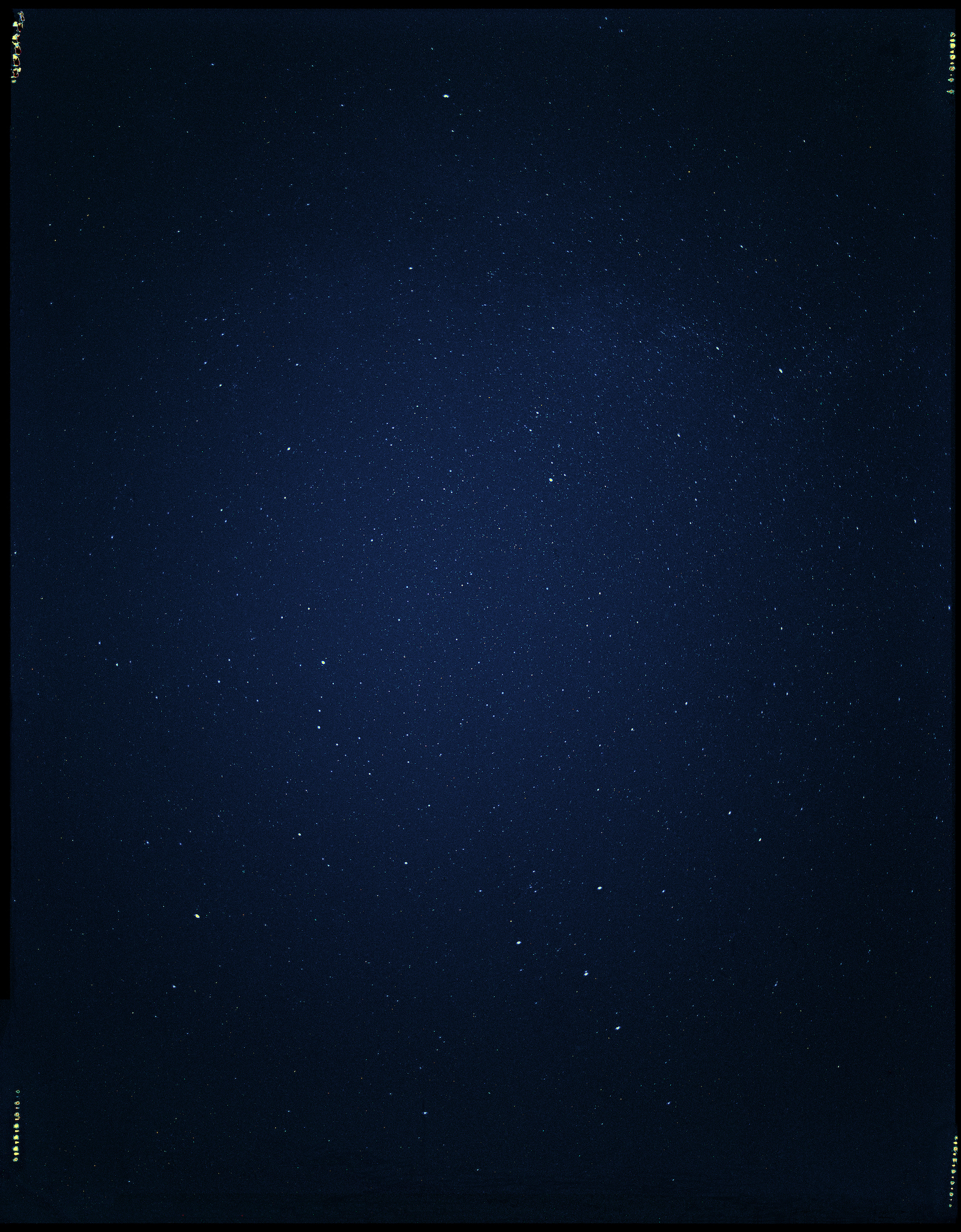
Image: 130 x 105 cm
Frame: 134 x 109 cm
It was in the night of Elea, an ancient Greek city near Naples, that Parmenides
first assumed that the Moon reflected the light of the Sun or that the Earth was a
sphere. By seeking out the logic at work in nature through his observations rather
than mythological accounts, he and other pre-Socratic philosophers helped to build
a new way of understanding the world.
This photograph of the sky over Elea was taken almost 2,500 years after Parme-
nides, by attaching a camera to a motor synchronised with the Earth's rotation,
which made it possible to follow the course of the stars and produce a perfectly
fixed image of the celestial vault.
Usually, no matter where in the world they are taken, photographs capture the
light of the Sun reflected on the world around us. However, in this photograph, the
light captured does not come from our Sun, but from thousands of distant suns.
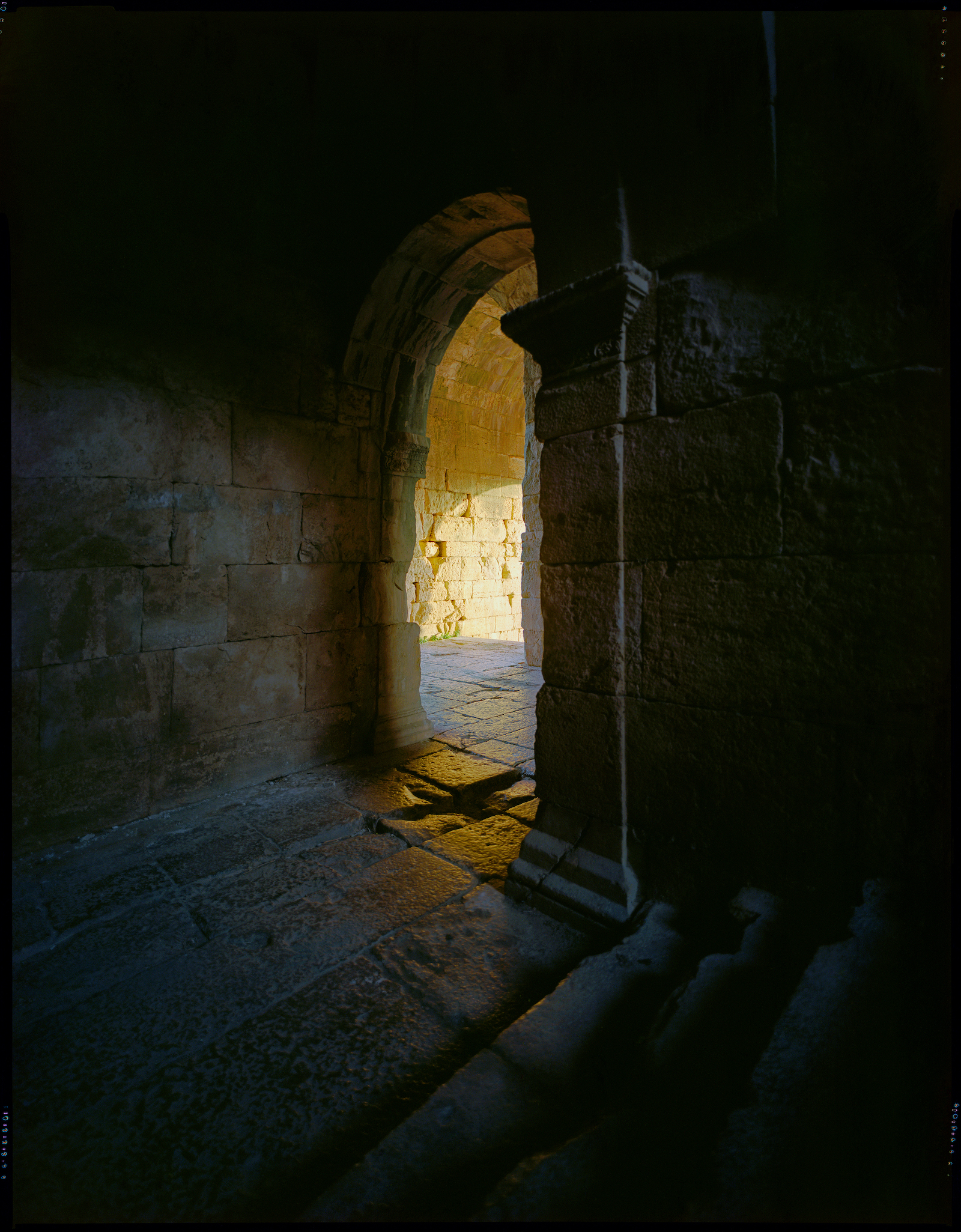
Image: 130 x 105 cm
Frame: 134 x 109 cm
In the 6th century BC, the ancient city of Miletus stood on the shores of the Aegean Sea. Situated on the delta of the Meander River, equidistant from Ephesus to the north and Kos to the south, it was an important port city. Today, however, it lies some ten kilometers inland, as the alluvial deposits of the river have silted up the bay and gradually pushed it further away from the coast. Thales, the thinker often referred to as the first mathematician, geographer or astronomer, lived in Miletus, which overlooked the sea. It was here that his philosophy developed around the idea that «water is the principle of all things». By searching for the logic at work in nature using reason rather than mythological accounts, Thales opened the way to a new way of understanding the world. He and his successors, Anaximander and Anaximenes, laid the foundations for rational thought. Their philosophy of nature marked the beginning of a school of thought that flourished in the region, and that is considered in the West to be the origin of philosophy itself.

Image: 130 x 105 cm
Frame: 134 x 109 cm
Ephesus, in what is now western Turkey, is an ancient Greek city bordered by two
rivers that flow into the Aegean Sea. It was here, between the Caÿstre and the
Meander, that the philosopher Heraclitus lived in the fifth century BC. We know
his thought only through a hundred or so quotations, often brief and enigmatic, re-
counted by other authors such as Aristotle, Plutarch and Seneca. And yet, because
these fragments have given rise to numerous commentaries and analyses from
Plato to Nietzsche, his vision of a world in perpetual motion and his reflections on
the impermanence of things have had a profound impact on Western philosophy.
In Letters to Lucilius, Seneca evoked a phrase of Heraclitus that would become
famous: «You never bathe in the same river twice». :
« None of us wakes up the same as we were yesterday. Our bodies move like rivers.
Everything you see runs to the rhythm of time (...) This is what Heraclitus said:
twice in the same river we go down, and don't go down. The river has kept its name,
the water has passed ».
The beds of the Caÿstre and the Méandre have changed constantly over the centu-
ries, but they remain witnesses to the era of Heraclitus.
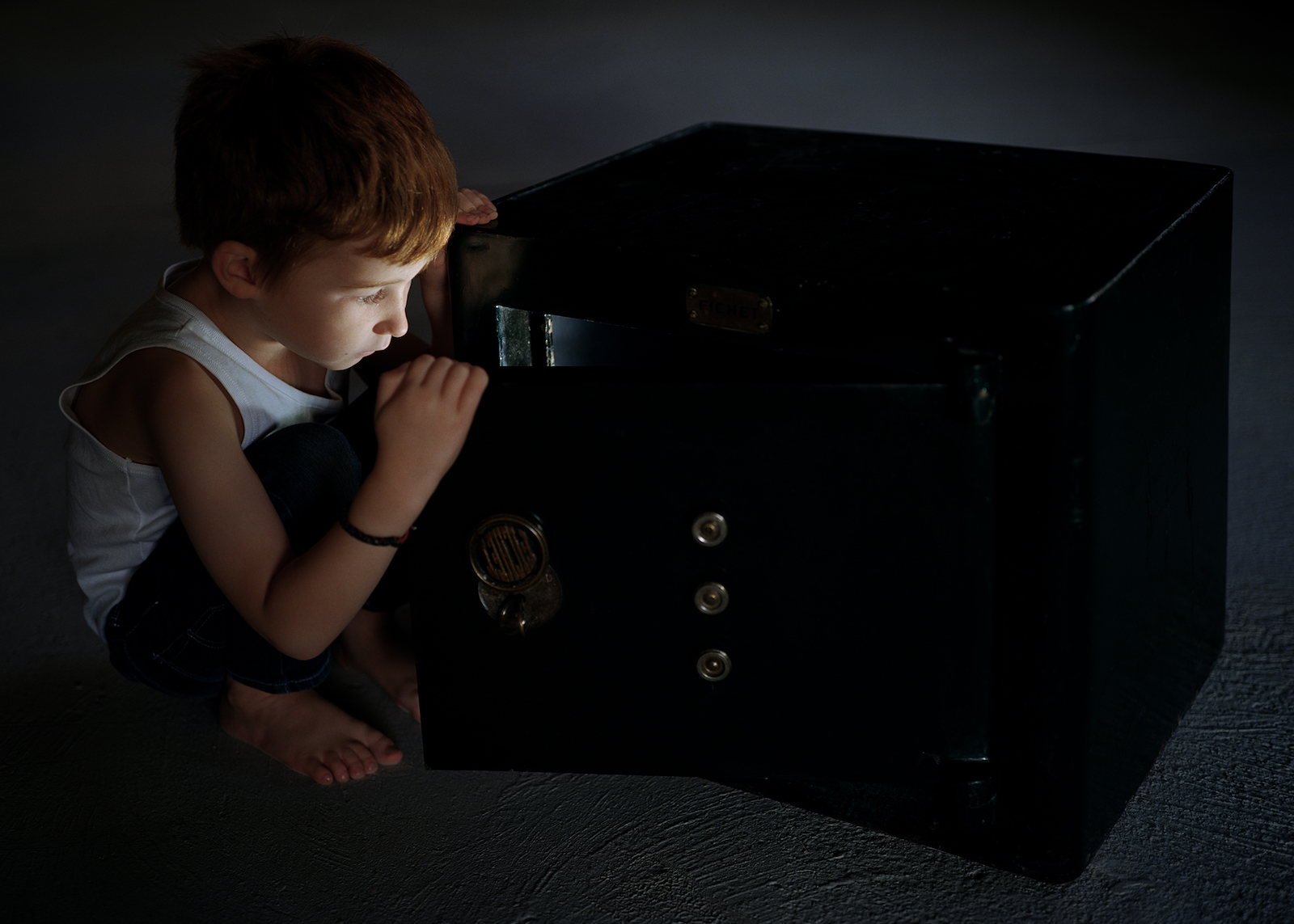
Image: 50 x 70 cm
Le monde forclos is a photograph in which appears the face of a child illuminated by a light coming out of a safe. The chiaroscuro lets us think that the light he discovers in the doorway is that of the day. The title invites us to consider the image as an inversion of the world, the term "forclos" meaning "locked outside".
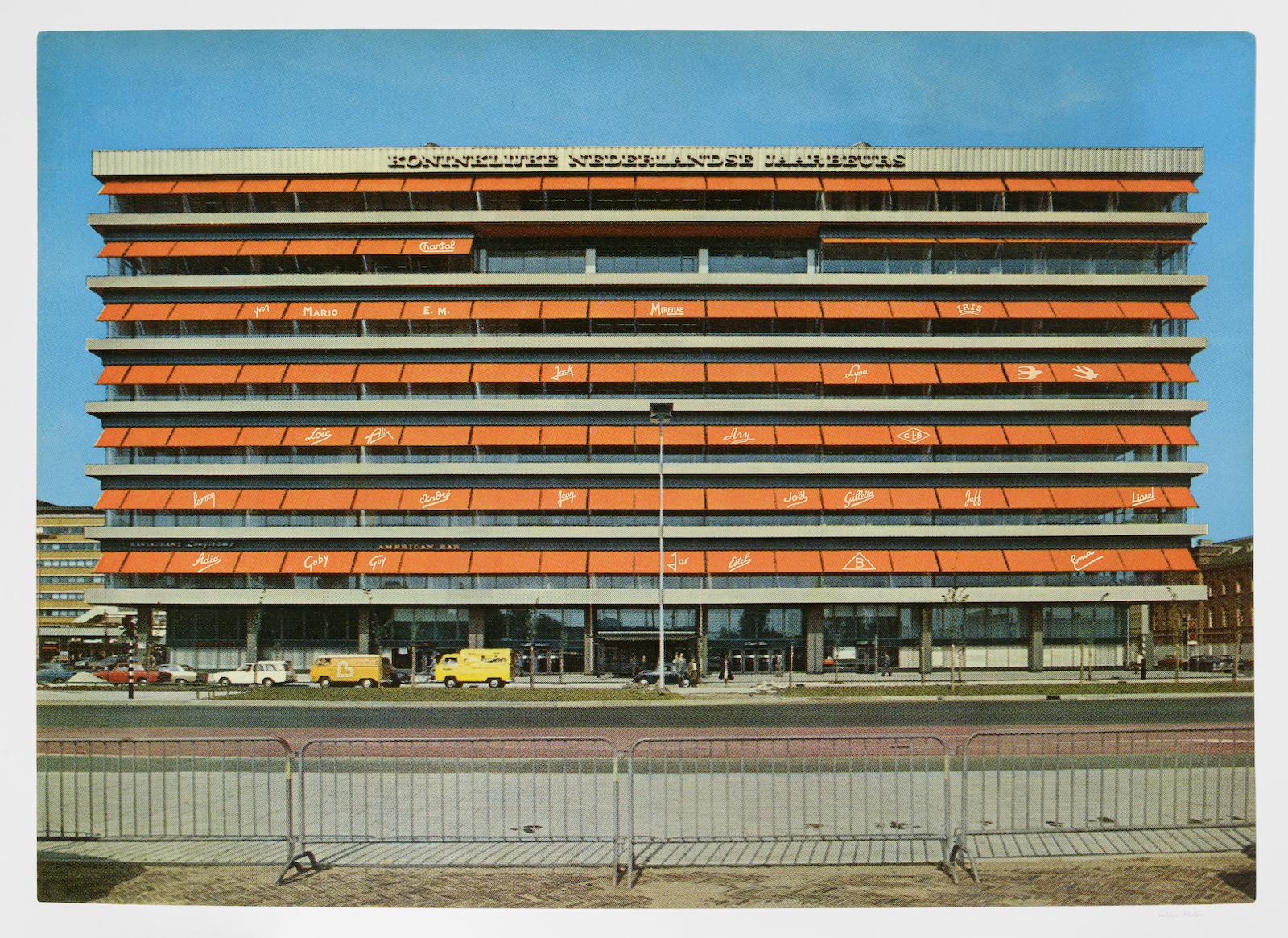
92 x 127 cm
Signed
© Grégory Copitet
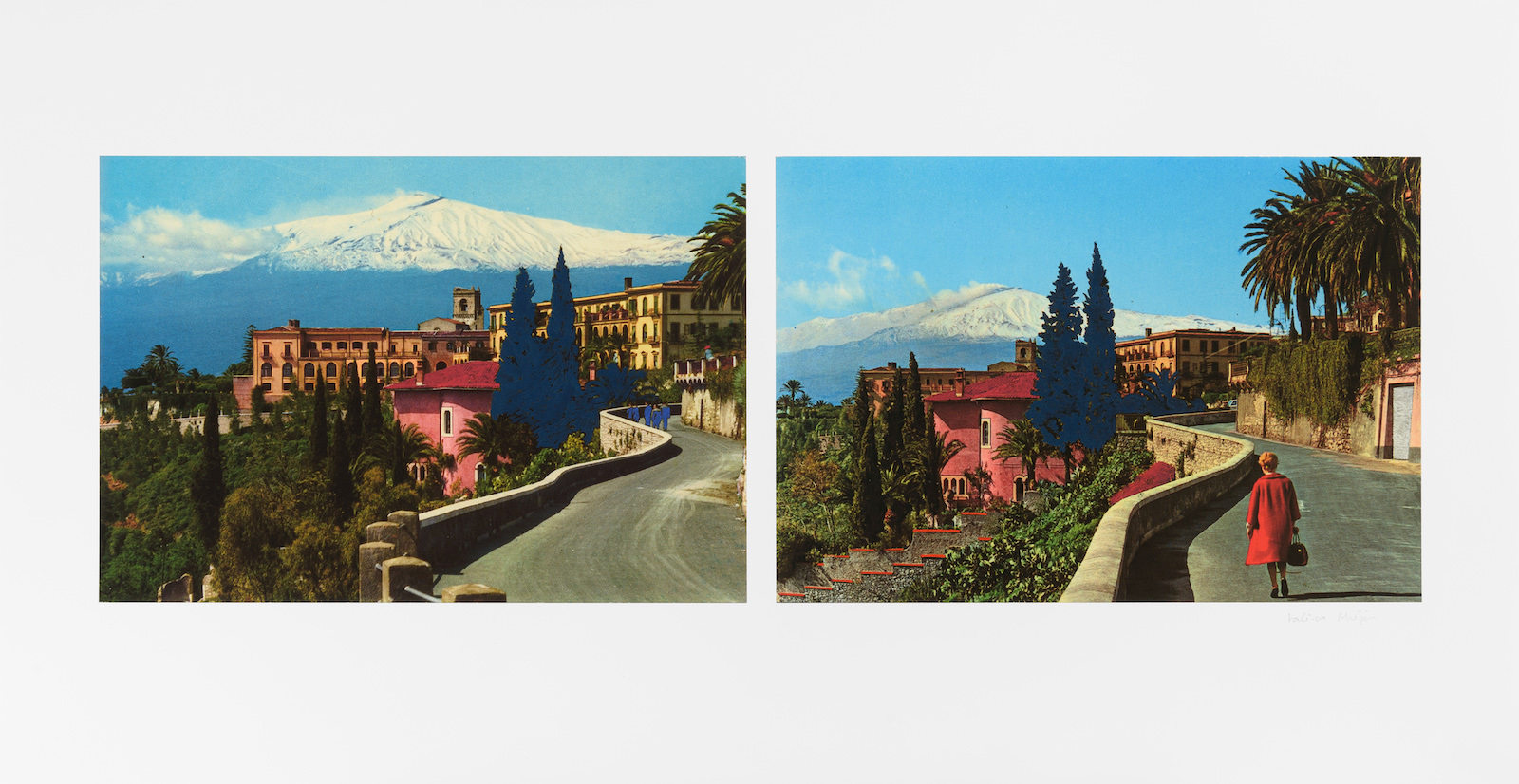
42 x 81 cm
Signed
© Grégory Copitet
" Nous avons rendez-vous chez un costumier dont l'atelier est dans un palais en hauteur. Un escalier épouse la ligne arrondie du bâtiment. L'homme coud une robe cintrée en tissu vert. J'aimerais lui en commander une mais nous n'avons pas le temps."

42 x 59 cm
Signed
© Grégory Copitet
" Il s'élançait, sautait directement en disant l'avoir déjà fait, sur un ton nonchalant. On était déjà venus à cet endroit."

42 x 59 cm
Signed
© Grégory Copitet
" La montre est à l'envers : en la retournant, je constate qu'il est déjà 9h39."

42 x 59 cm
Signed
© Grégory Copitet
"D'énormes vagues d'eau sombre et écumeuse. L'une d'elles va s'abattre sur la maison. J'essaye d'emprunter la route. Notre hôte, paniqué, a un geste maladroit qui me fait renverser ma tasse de café."

Cibachrome, Plexiglas, and Brace
Image: 180 x 120 cm (each)


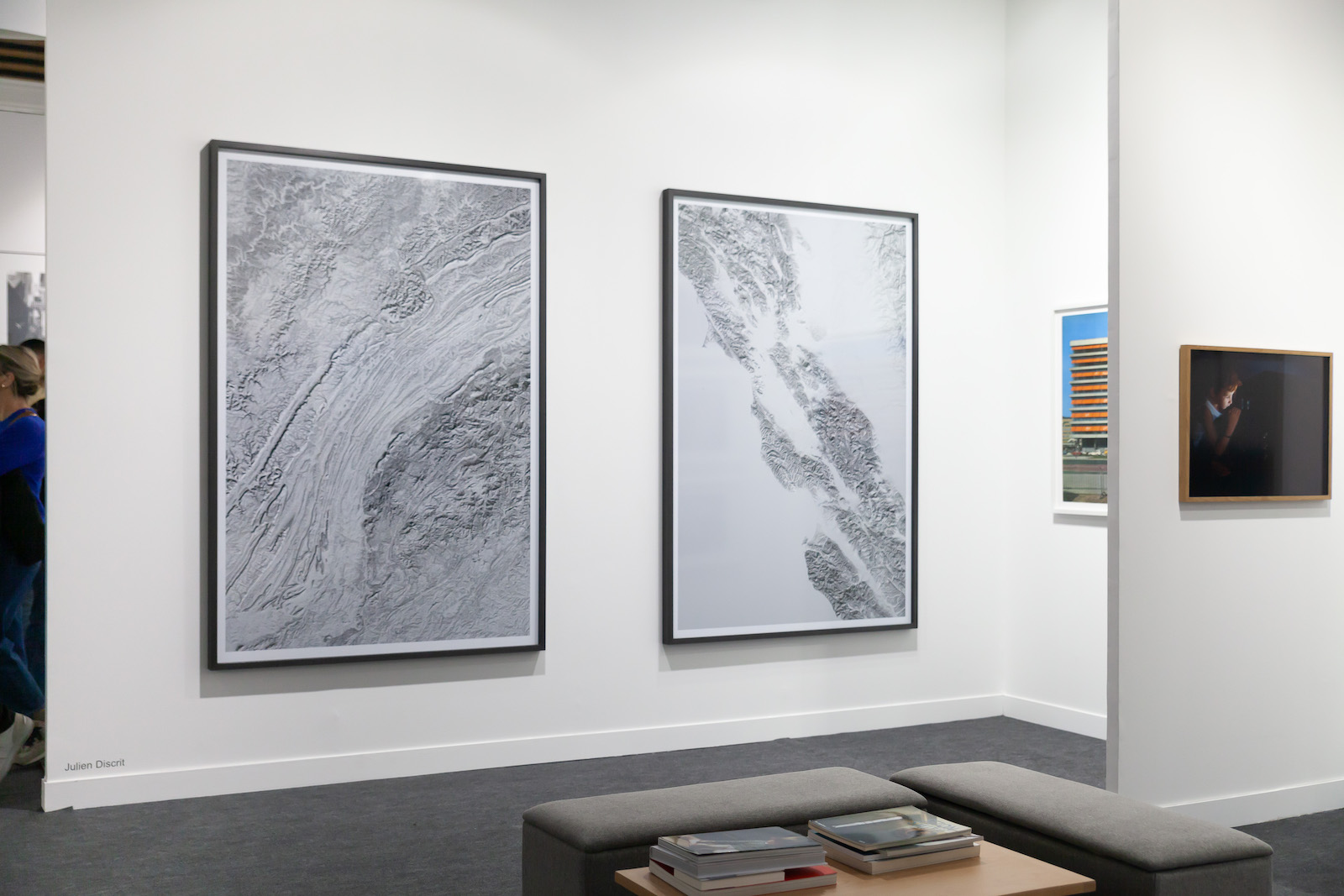

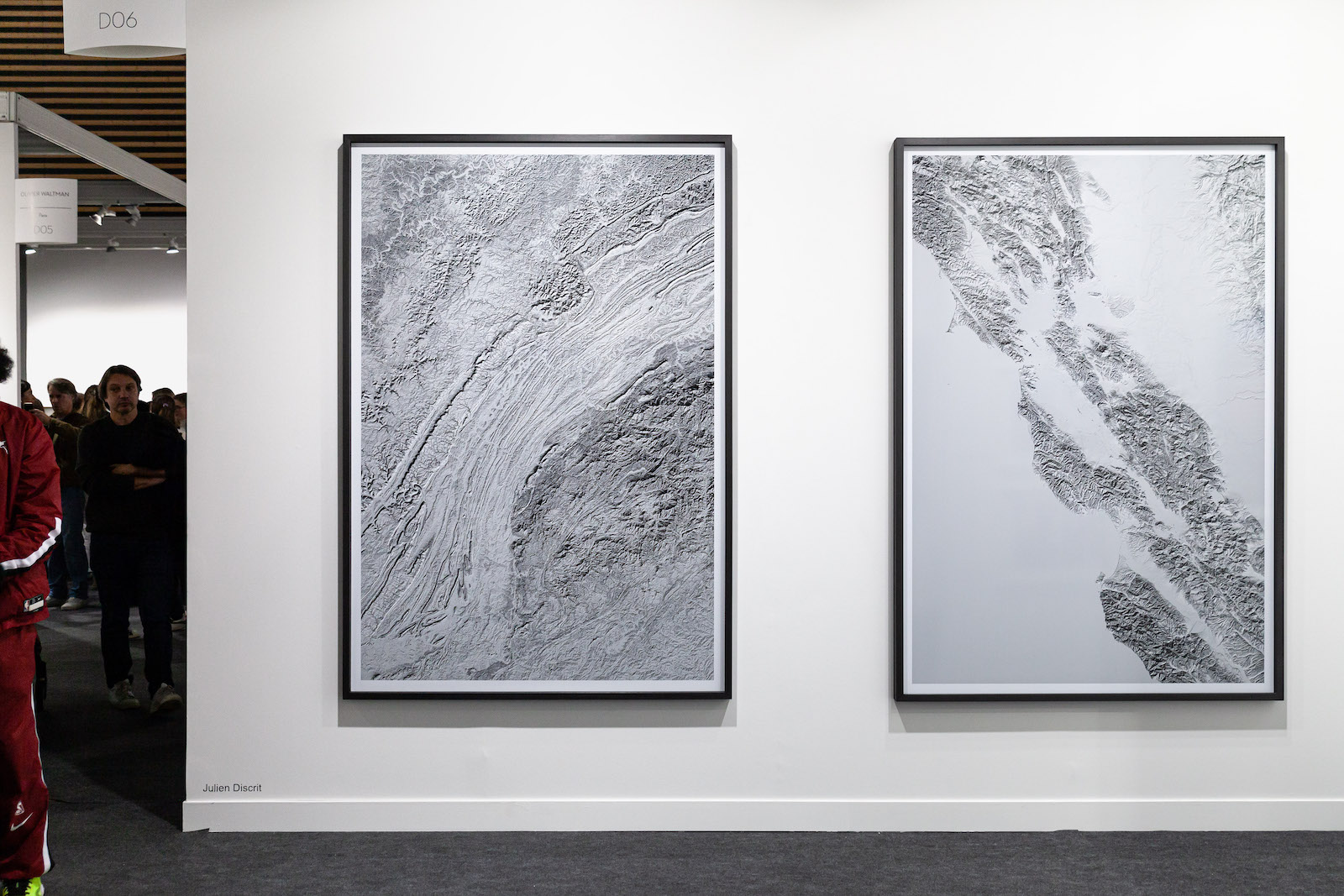
The gallery will be taking part in Paris Photo 2023 with a selection of photographs by Julien Discrit, Laurent Montaron, Valérie Mréjen and Seton Smith.
Booth D06.